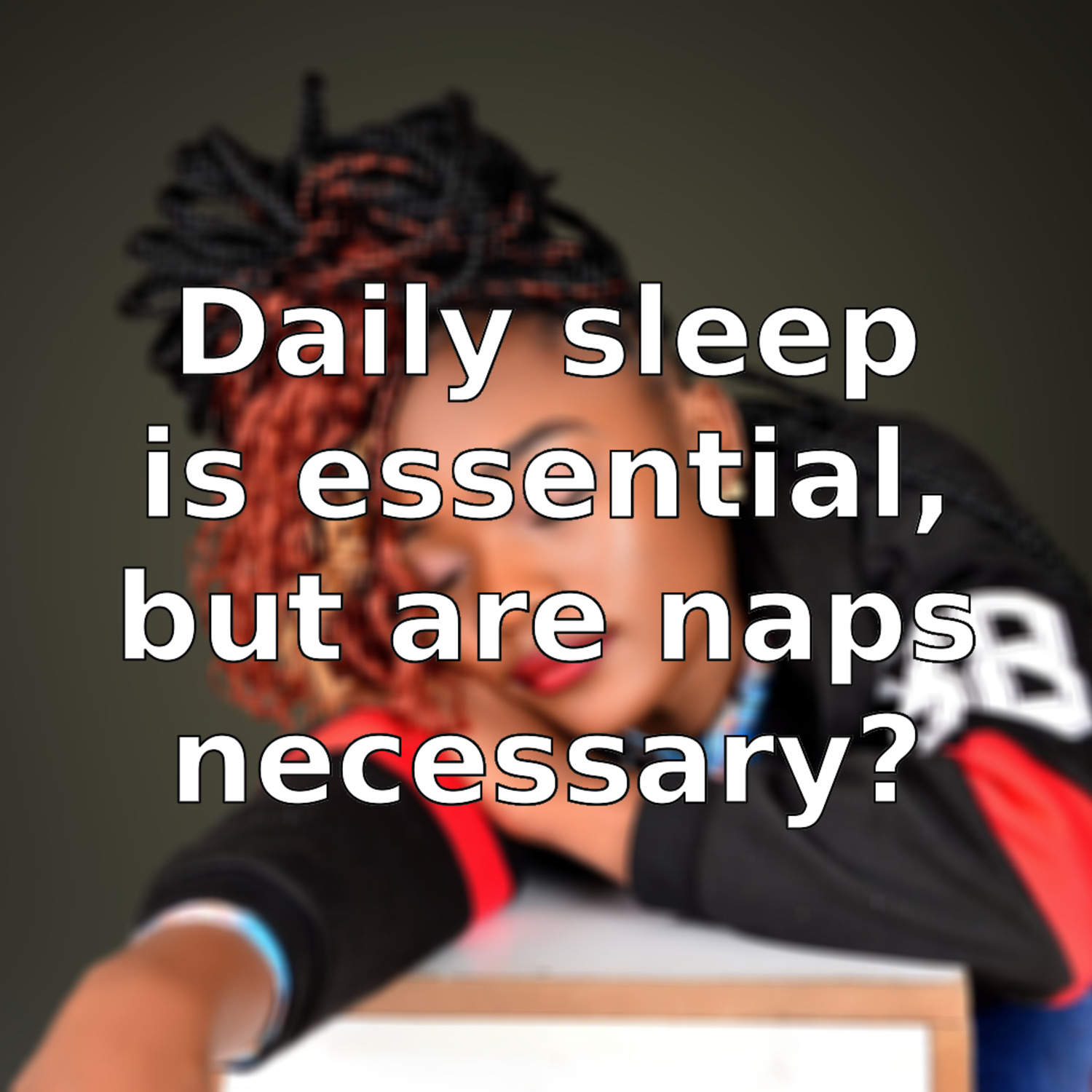The Difference Between Sleep And Napping

Naps can be useful but only when done correctly. Nap for no longer than twenty minutes, and avoid napping if it compromises your sleep quality that night.
• Next, we turn to the literal fuel for our bodies, our diets. There is plenty of literature on eating for health, but what about eating for energy? This concerns something that is lesser known: glycemic index (GI) and glycemic load (GL). We want to ensure that our blood sugar levels are constant and moderate, because if levels are too high or too low, it creates a predictable crash in energy. Thus, we must manipulate GI (speed and magnitude of blood sugar from a food) and glycemic load (amount of carbohydrates), as well as timing throughout the day.
Get the audiobook on Audible at http://bit.ly/MoreEnergyHollins
Show notes and/or episode transcripts are available at https://bit.ly/self-growth-home
Peter Hollins is a bestselling author, human psychology researcher, and a dedicated student of the human condition.
Visit https://bit.ly/peterhollins to pick up your FREE human nature cheat sheet: 7 surprising psychology studies that will change the way you think.
#CircadianRhythms #GlucoseAbsorption #Glycemic #HaveMoreEnergy #NutrientDensity #RelaxationTechniques #TheDifferenceBetweenSleepAndNapping #RussellNewton #NewtonMG #PeterHollins #TheScienceofSelf #HaveMoreEnergy